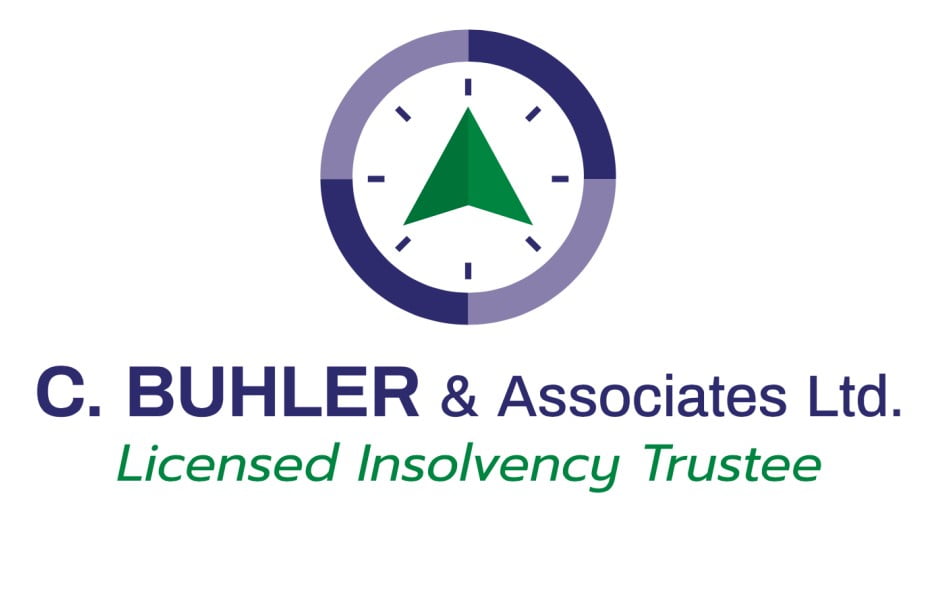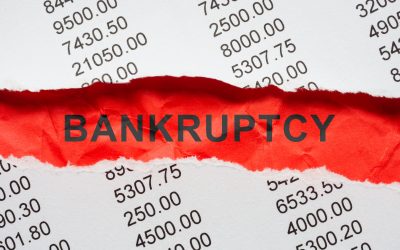Filing for bankruptcy is a last resort—Canadians should only file for bankruptcy if there is no other way to repay their creditors. Often, other approaches are preferable; consumer proposals, debt consolidation, and shrewd financial planning can all help you protect your assets in ways that bankruptcy cannot.
Protecting your assets during bankruptcy should not be your primary goal—if you have assets, they are valuable tools that you can use to pay off your creditors. There are, however, some assets that most Canadians value above all—our retirement funds and our homes are two assets most Canadians want to keep—no matter the cost.
In this article, we’ll go over some of the assets that are protected federally by the Bankruptcy and Insolvency Act, as well as by provincial legislation, and what you can do to protect your assets:
Exempt Assets: What’s Protected By Law
Certain assets are protected by the federal and provincial governments, even in bankruptcy. These are known as exempt assets.
Retirement Funds
The most important of these for many Canadians are RRSPs. The Bankruptcy and Insolvency Act exempts properties in a registered retirement savings plan (RRSP), a registered retirement income fund (RRIF), or a registered disability savings plan (RDSP) from seizure during bankruptcy.
There is, however, an exception to this rule: Assets placed in these funds within 12 months before the date bankruptcy was declared are eligible to be given to creditors. This clause exists to prevent individuals from storing assets in these funds if they know they’re likely to declare bankruptcy.
Other retirement assets are also protected from bankruptcy: Employer-sponsored retirement savings plans, pension plans (including the Canada Pension Plan and Old Age Security), and Locked-In-Retirement-Accounts (LIRAs) are all protected, as is the income you receive from those funds once you retire.
Common Exemptions
Provincial legislation dictates most of what assets are considered exempt when filing for bankruptcy. These exemptions typically come with a limit. Over that limit, you’ll have to sell some of the assets. Common exemptions include:
- Food and fuel
- Furniture and household appliances
- Clothing
- Tools of trade
- Health aids
- A portion of the equity in your home
- Farming equipment
The limits and assets protected can vary quite significantly in each province or territory, so it’s always important to talk to a Licensed Insolvency Trustee (LIT) to understand which assets may be exempt during bankruptcy.
What Can Be Seized By Creditors?
Despite the vehicle exemption, home equity exemption, and other exemptions available, much of the value of your assets can be seized when you file for personal bankruptcy, either by the Trustee, or by a creditor who has taken the asset as security for the debt.
In addition to the assets protected by exemptions, there are a host of non-exempt assets. These include most personal assets, like funds in your bank account or tax-free savings account (TFSA). These assets may be placed into your bankruptcy estate for distribution to your creditors.
Life Insurance & Bankruptcy
When filing bankruptcy, some Canadians think of turning to life insurance policies to protect assets from their financial obligations. While the insurance portion of your life insurance policy is typically protected from bankruptcy, if you choose to surrender the policy for its cash value, provincial or territorial law determines how those funds are treated, and the rules vary in each jurisdiction.
Conclusion
The best way to protect your assets during bankruptcy isn’t to try to hide them in retirement accounts or life insurance policies before you file—it’s to talk to a Licensed Insolvency Trustee, so that you can make a fully informed decision about your finances.
Our team can help you through the process of bankruptcy in Canada, and evaluate and implement alternatives like consumer proposals and credit consolidation. Book an appointment with us today.





